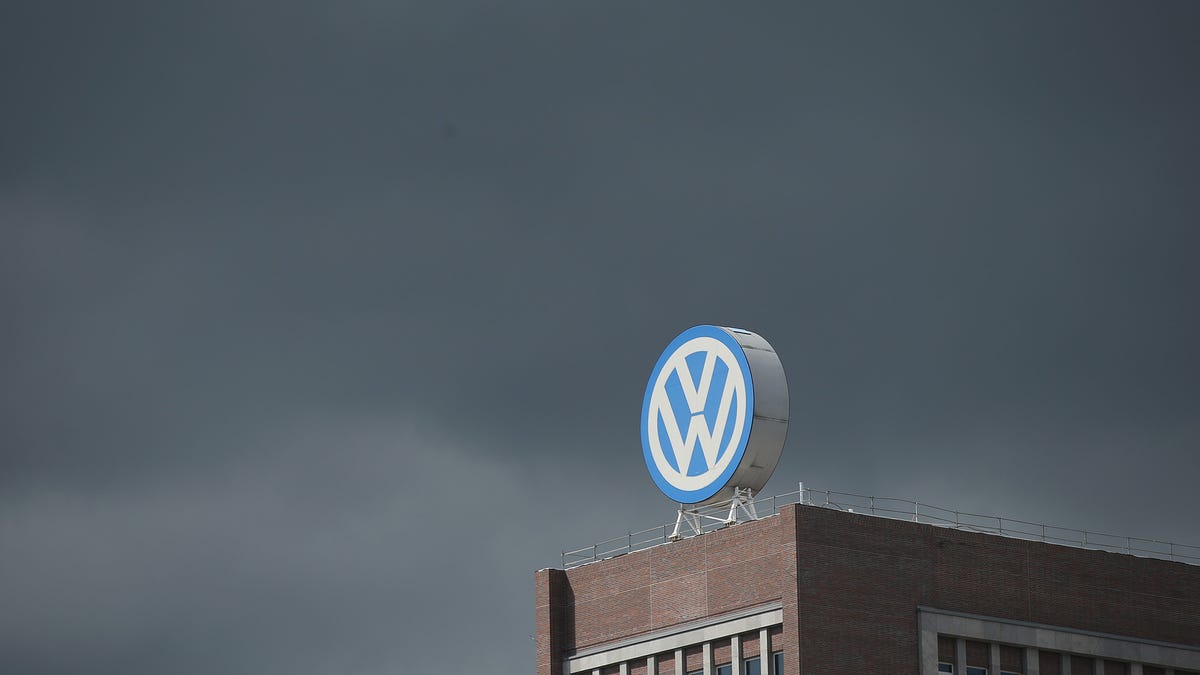Getting closer: VW receives green light to fix 800,000 European diesels
800,000 down, about 8 million left to go.

It's always nice to report on Dieselgate when actual progress has been made. It seems like, since the company admitted to gross malfeasance last September, not much has happened. But this week, Germany's transport ministry finally gave the approval to fix some of VW's cheater-spec diesels.
Volkswagen will issue a recall "as soon as possible" for some 800,000 vehicles, the company said in a statement. This group of approved vehicles includes the Volkswagen Passat, CC and Eos, all of which are equipped with 2.0-liter diesel engines, internally code-named EA 189.
Just like here in the US, Volkswagen will notify owners via mailings, saying they can finally book appointments with the VW dealer of their choice. Once the fix is made, "the cars will meet all legal requirements," the automaker says. Germany's transport ministry has also confirmed that the fix will not affect fuel economy, performance or even vehicle noise.
Meanwhile, in the US, we're still waiting on the results of talks between Volkswagen, the US Environmental Protection Agency and the California Air Resources Board. All three groups have until this month to submit a proposal for how to fix the 500,000 or so affected vehicles in the US.
Volkswagen ended up in this mess after it admitted to creating software meant to deceive federal emissions tests. The car would curb its nitrogen oxide output when it was determined to be in a laboratory environment, but once on the open road, the vehicles would go on to pollute some 40 times above the legal limit.

